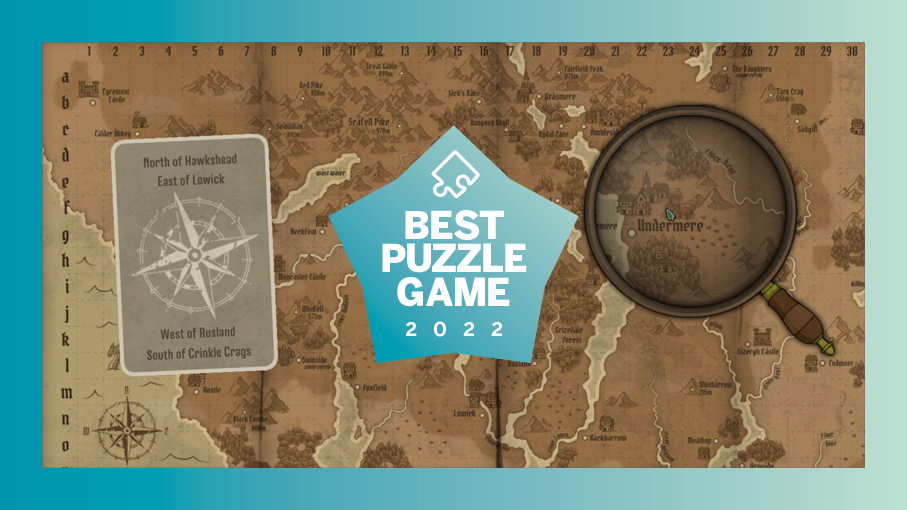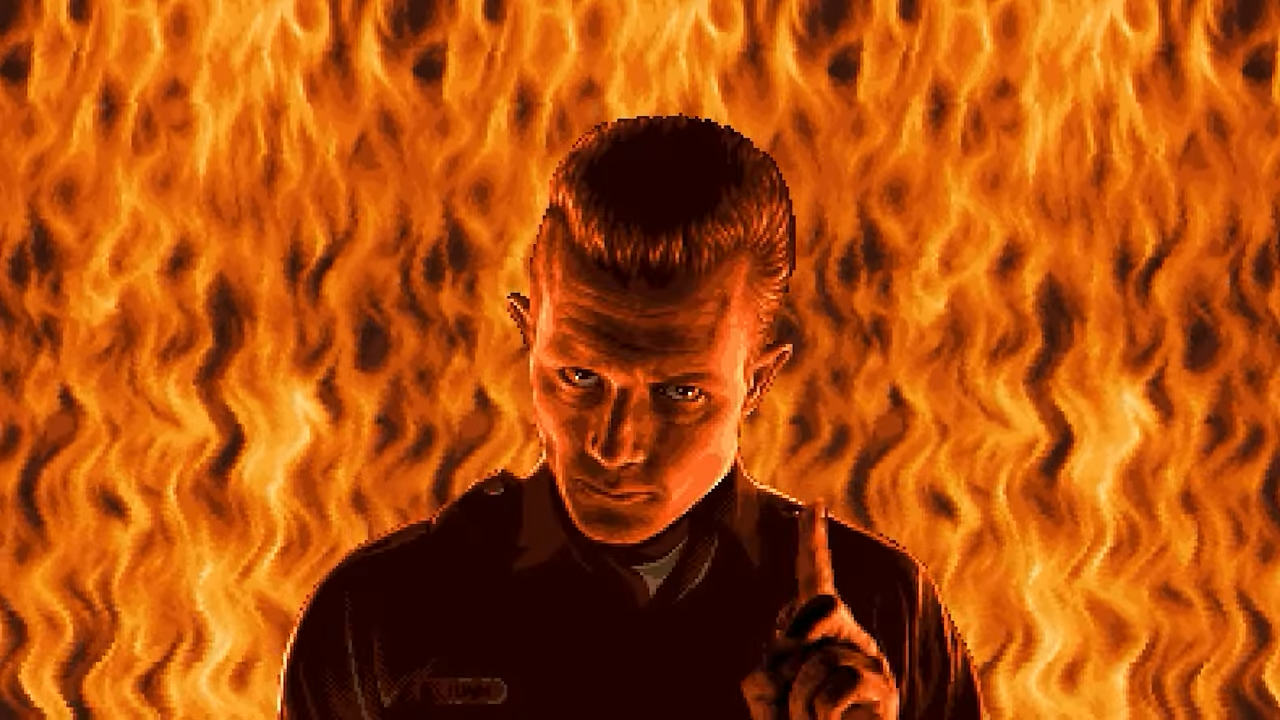
A little shop of horrors.
Puzzles and plant management meet in narrative shop sim Strange Horticulture, our favourite puzzle game of the year. For more awards, head to the GOTY 2022 hub.
Jody Macgregor, AU/Weekend Editor: In a strong year for both mystery games and games where you run a kooky shop, Strange Horticulture’s combination of the two managed to be the best at both. Customers come to your shop with problems large and small, whether a rash they’d like to find a natural cure for or a funeral that needs appropriate floral arrangements. Solving puzzles to identify the unusual plants you stock lets you help those customers, and eventually their problems propagate into more unsettling mysteries. Before you know it you’re a kind of botanical detective—Hemlock Holmes, or maybe Miss Maple.
Chris Livingston, Features Producer: In a game where you spend all your time sitting behind a shop counter and staring at the top of your desk, developer Bad Viking took every opportunity to make the experience as fun and tactile as possible. They’re a warm little joy in pulling open the little drawer, moving your various notes and clues around, affixing labels to each plant, unfolding your map and peering through a magnifying glass, and then (this isn’t required, but it’s fun) tidying up at the end of the day and putting everything back in its proper place. And the desk itself holds secrets, little hidden compartments and treasures and mysteries you don’t find until you’re deep into the game. Do we have a best desks in video games article? Strange Horticulture’s desk would be on the list.
Phil Savage, UK Editor-in-Chief: The tactile interactions Chris describes are what elevate Strange Horticulture for me. Some puzzle games are about staring at the screen, trying to work out your next move purely in your own head. But here you’re constantly interacting with the objects around your desk—cross-referencing your big book of plants, counting grid squares on a map of the surrounding area, writing the names of plants you think you’ve identified onto little labels.
I also love that it has just enough friction to push against my desire to keep the shop neat and tidy—to create a little haven of order and ritual. I spent a long time alphabetising my plants, but each morning one particular plant would wander somewhere new—an element of chaos to remind me that the natural world won’t always play by my rules. For a game that takes place predominantly behind a desk—where the puzzles come to you—Strange Horticulture still manages to feel alive with movement and interaction.
And even though you—the player—never leave your fixed point behind the desk, your character does. Their exploits are told purely through drawings and text descriptions, and you read about them from the safety of the shop. Thanks to this, the world doesn’t feel small or contained. The map suggests mystery, adventure and discovery, and working out the likely location of a new plant or encounter can still feel dramatic, even as it plays out in a small window on your screen. There’s a foreboding undercurrent of danger throughout—of unusual visitors and troubling chance meetings. The world is alive with mystery, and even if you don’t see it, you’ll sure find out about it.



